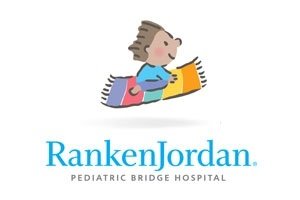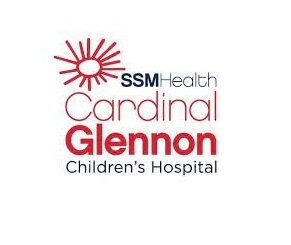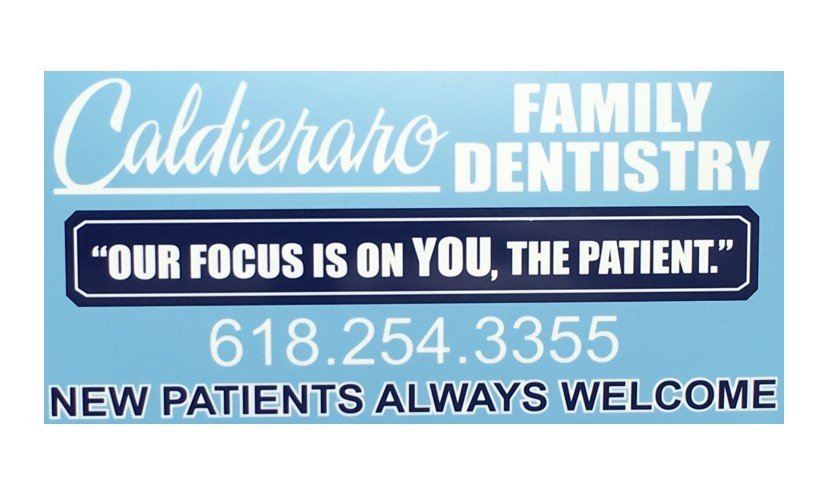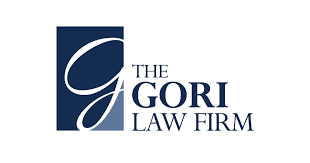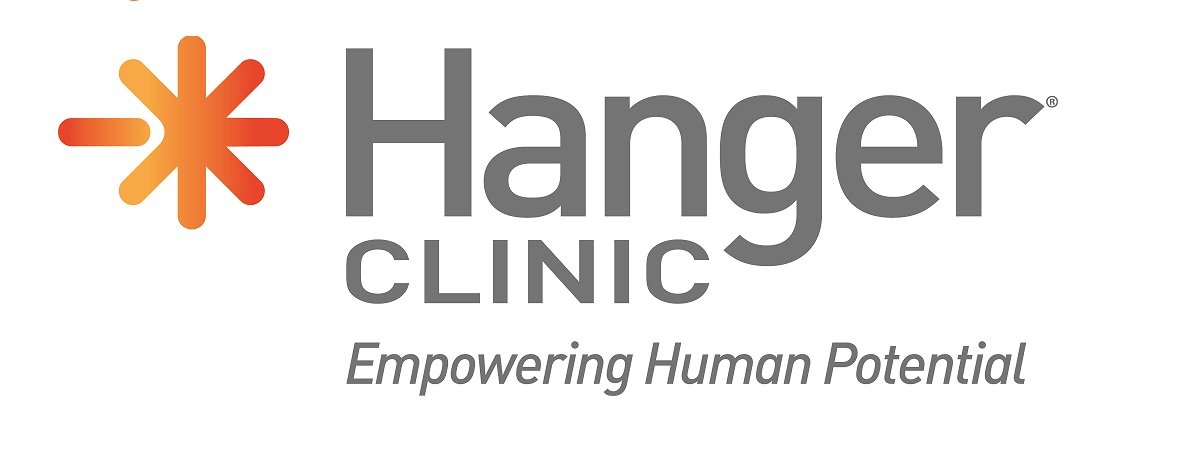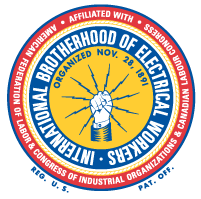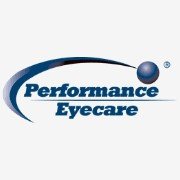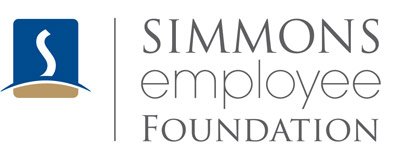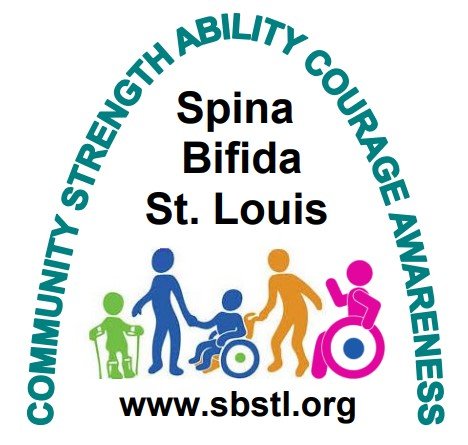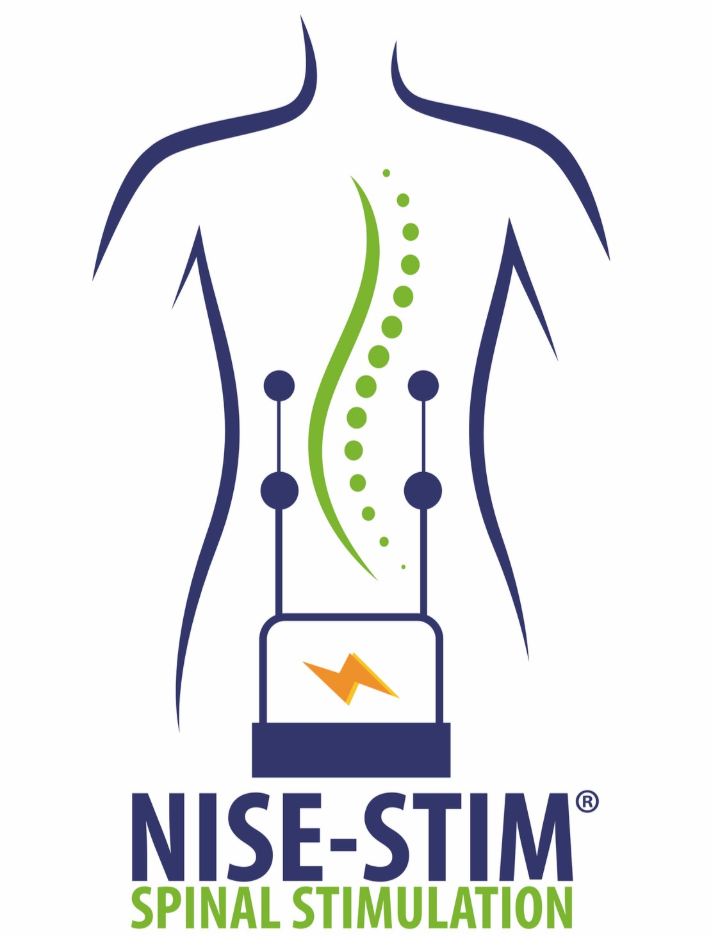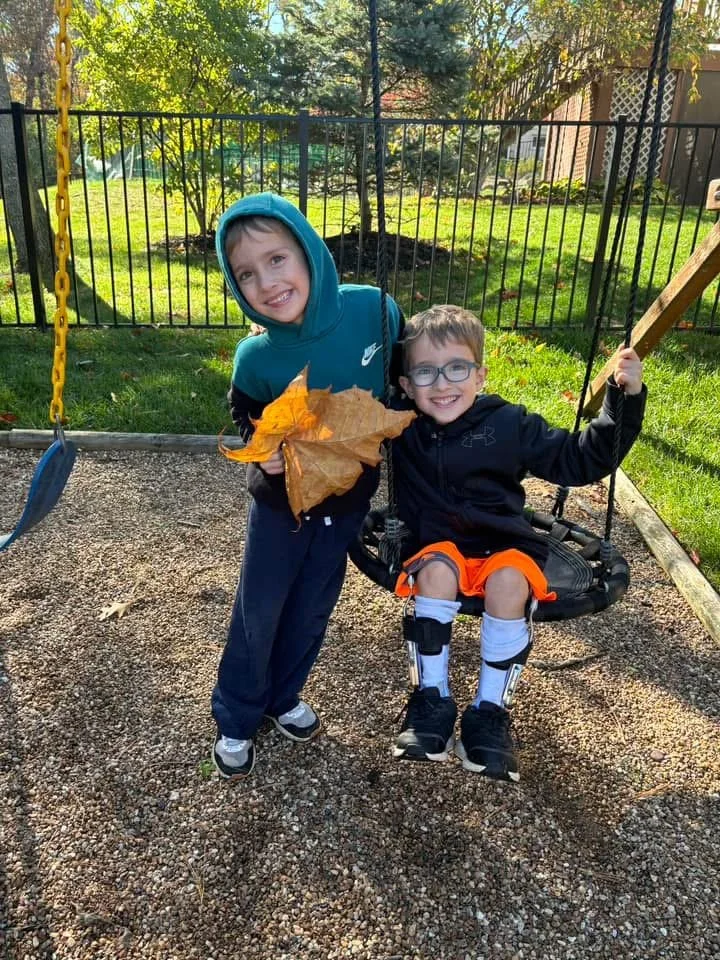
SBSTL.org
Spina Bifida of Greater St. Louis
Our Mission: We will provide service, support and opportunities to develop the maximum potential of all individuals born with Spina Bifida and neural tube defects and their families; and to assure development of the best possible quality of life.
Virtual Event
Our next event is a free virtual info session about NISE-STIM: Non-invasive Spinal Stimulation and its benefits for individuals with Spina Bifida with Physical Therapist, Debra Carney.
Thursday, January 8th @ 7:30 PM CST
Thank you for another great Walk ‘N Roll!
SBSTL offers events throughout the year for individuals and their families for all ages and financial assistance in various forms for those living in our service area of Southern Illinois and Eastern Missouri.
Financial Assistance
-
Funds that can be used for medical assistance, therapy, equipment, and more
-
Scholarship grants for post-secondary education, at 2-year or 4-year colleges or certified vocational schools.
-
For those in our service area and have been hospitalized at least 1 night.
-
Scholarships for activities or camps.
Upcoming Events

